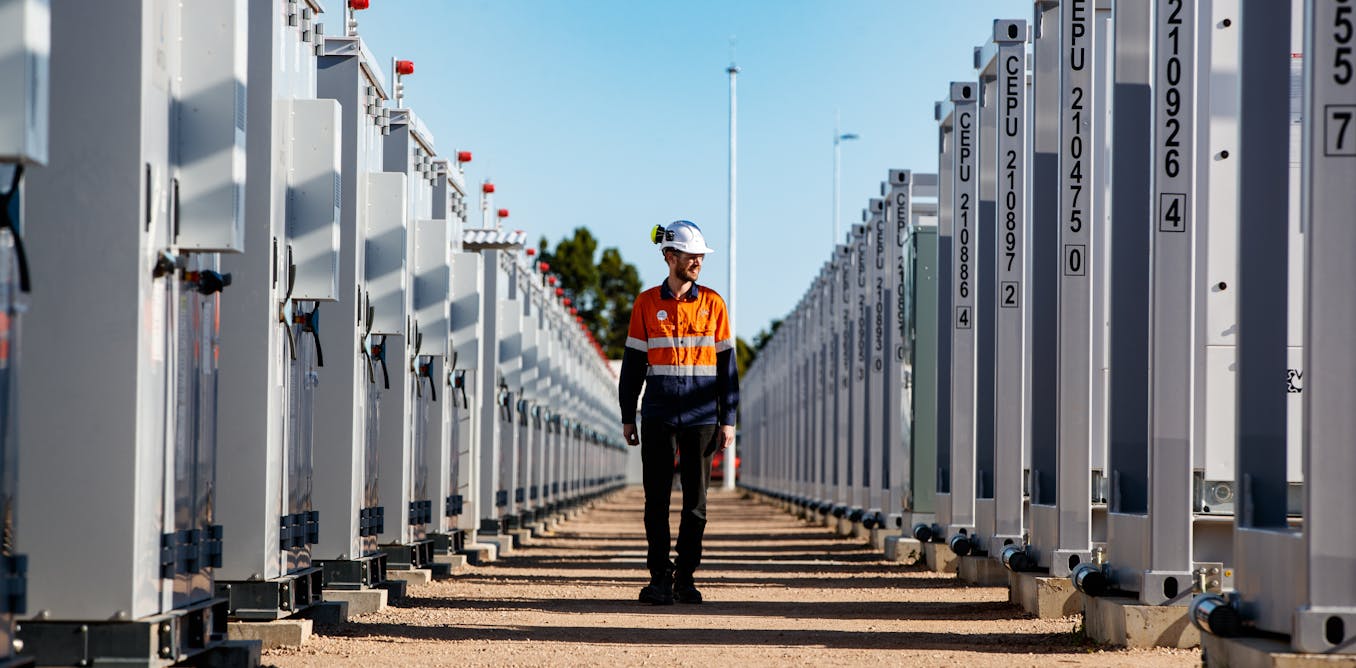When British solar manufacturerOxford PV shipped the first commercial order of perovskite-silicon solar cells last September, it was touted as a breakthrough in the industry. The news marked a milestone in a 15-year global effort to develop this lightweight, versatile material that could outperform traditional silicon solar cells. But the lack of follow-on shipments since then served as a reminder that this technology wasn’t quite ready for mass commercialization.
The main problem: Continued delays in getting perovskites to the solar market has made them less cost–competitive with their establishedpredecessor: silicon solar cells In the time it took the sector to go from the first paper on perovskite-based solar cells in 2009 to the first commercial shipment in 2024, the cost of manufacturing silicon solar cellsplummeted from US $2.11 per watt to as low as $.20 per watt. These prices were driven down largely byincreased production throughout Southeast Asia.
Now, hefty U.S. tariffs on silicon solar imports from these countries could give perovskite manufacturers a competitive edge. The U.S. Department of Commerce on April 21 announced a final decision to levytariffs as high as over 3,400 percent on solar companies in Malaysia, Cambodia, Thailand and Vietnam. The decision is the result of a long-term antidumping and countervailing investigation that found that companies in Chinaattempted to bypass previous levies by moving manufacturing to these four countries.Ifconfirmed by another U.S. agency in June, the levies wouldadd toother U.S. import taxes already in place on solar components from the region.
But the antidumping tariffs don’t apply to thin-film photovoltaics such as perovskites.This could be a boon for those solar developers, but they’re going to have to move quickly. The longer it takes to get perovskites to market, the more the landscape could change. And yet, some researchers in this field continue to focus on breaking power-conversion efficiency records, with some types of perovskite cells reaching 27 percent. These accomplishments might lead to papers in high impact journals, but do little to get perovskites out the door.
Many researchers say it’s time to stop aiming for incremental efficiency gains and instead focus on scaling manufacturing and improving the lifespan of the cells. This would involve developing manufacturing techniques that strike a balance between high quality devices and low production costs.
This won’t be easy. Lowering processing costs while increasing cell lifespan and maintaining reasonably high efficiency will require a lot of research and effort. But if academic and industrial researchers unite, this manufacturing challenge could be solved quicker than one might think.
Perovskite solar cells are composed of organic ions, metals, and halogens that form a special crystal structure that makes them very versatile. With the right composition, perovskites could be better than silicon at converting…
Read full article: How to Fast-Track Perovskite Solar Cells to Market

The post “How to Fast-Track Perovskite Solar Cells to Market” by Mary O’Kane was published on 05/06/2025 by spectrum.ieee.org






































Leave a Reply